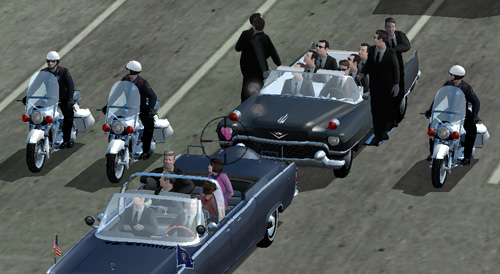

“It was unbelievable: they had been waiting for her” (323). This “time” is a time of extended experience and unexpected interruptions: “It was such a long time,” she thinks, only to be caught by surprise when Hughes arrives early. But in that hour Jackie’s thoughts would be “elsewhere,” according to Manchester. What was going to happen was that Judge Sarah Hughes would arrive in an hour to administer the oath and Jackie would join the group. Still in Dallas, when the Johnsons broach the subject of the swearing in, Jackie continues to operate according to the usual protocols. And while this new temporality was not an exact version of the public’s new experience, as we’ll see, it traversed the spaces of memory in ways that seemed to chart a path forward from the assassination. But Manchester’s account, as flattering as it aims to be, captures more than Jackie’s new gravitas like a seismograph, he registers the first tremors of a new sense of time, one that, however much it shares with a more general temporality of mourning and memorial, is particular to the Kennedy era and essential to the change in Jackie’s character.

This tale is often told, in part because Jackie so successfully emerges as a figure of national resolution and in part because it carries the Kennedy administration’s relentless orchestration of intimate display into a new era. ‘Let them see what they’ve done’ ” (348). And as others on the plane began to importune her to change out of the lurid, blood-splattered pink suit, she refused them.
Jfk reloaded exact reenactment full#
In William Manchester’s account, “She herself was a new Jackie, transformed by her vow that the full impact of the loss should be indelibly etched upon the national conscience.”1 She stayed with the coffin, and told Assistant Press Secretary Mac Kilduff to “go and tell them that I came back here and sat with Jack.” He did. Kennedy, Andrew Hoberek, ed.)įlying back to Washington on Friday afternoon, Jacqueline Kennedy had already begun to plan her dead husband’s memorial service. (Originally published 23 April 2015 in The Cambridge Companion to John F.


 0 kommentar(er)
0 kommentar(er)
